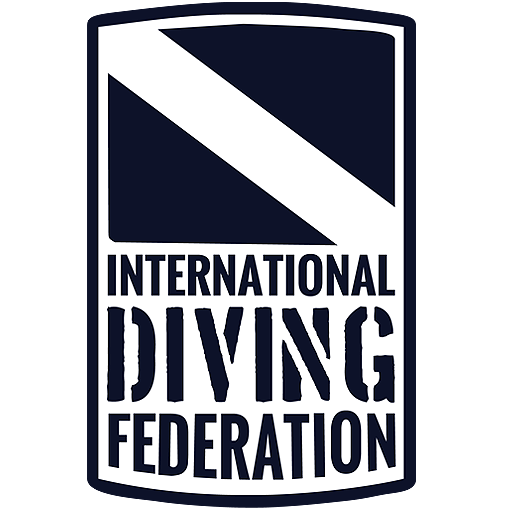There are amazing places in this world. Even if the development of technology and the popularization of more extreme forms of tourism have made us climb even the most inaccessible peaks, visit wild corners of the jungle and endless deserts, or sail the oceans, thus reducing the number of white spots on our maps, the Earth hides unknown to us boundless. There is something about these white spots that attracts and fascinates us. This natural need for discovery, which drove the Polynesians through the endless waters of the Pacific, gave strength to the daredevils climbing the peaks of the Himalayas and forced the discoverers of the sources of the Nile to force their way through the jungle, still dormant in us. The same force gave strength and allowed me to accept the risk, just to see what was hidden behind the next bend, the hill, beyond the visible horizon.
Flooded caves are one of these places. They stretch below the surface of the earth, sometimes well hidden from unwanted sight, and sometimes tempting with the beauty of crystal clear springs. Wide and narrow, in light and dark rocks, sometimes cavernous and sometimes small. Some were created by the force of the flowing water, while others were flooded, as evidenced by the beautiful drip stone forms created in dry times. Cave diving has a certain magnetic power about it. Under the surface of our planet, there are countless kilometers of underwater corridors that we have not only not yet reached, but probably will not reach for many years – if at all.
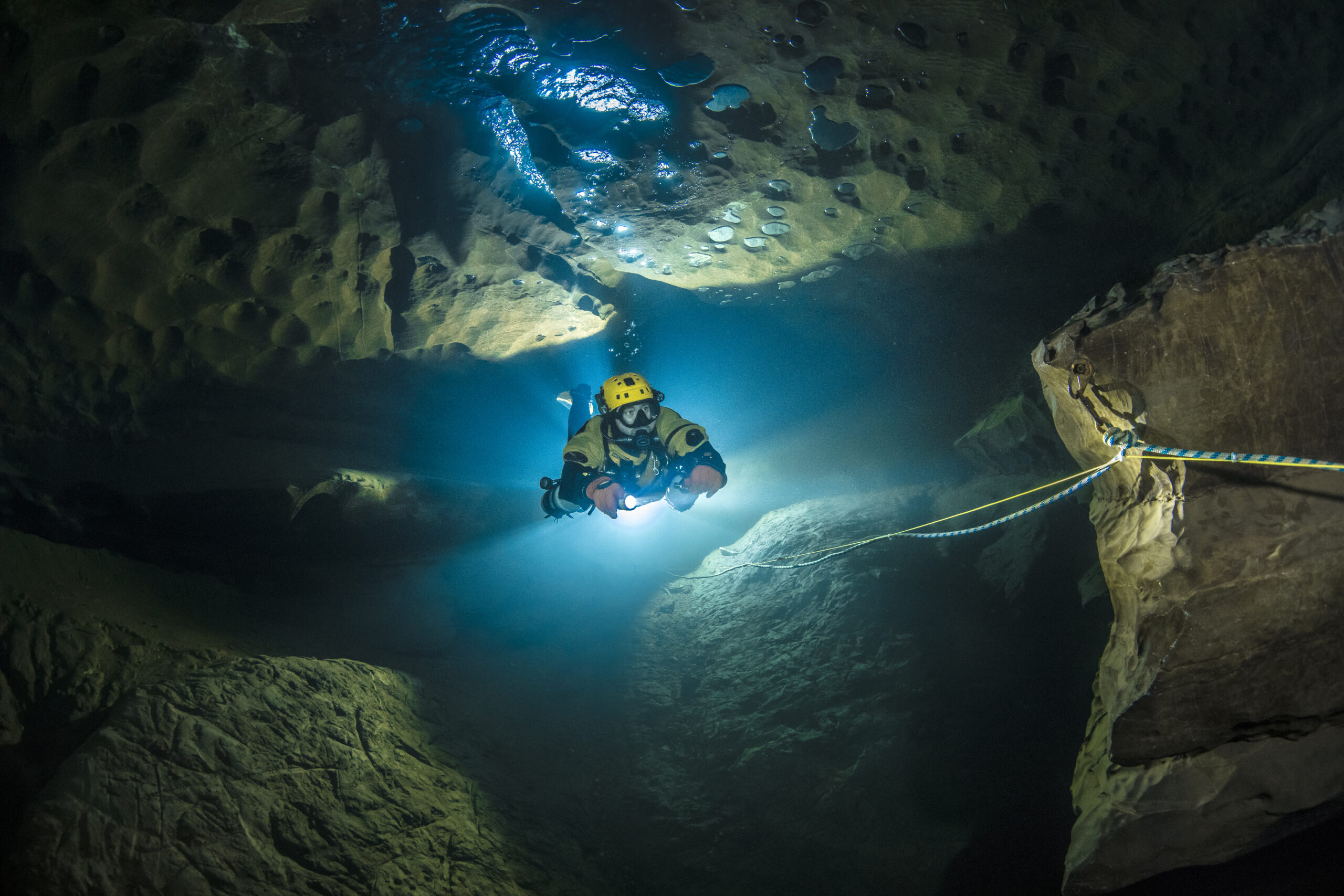
Why do we cave dive?
So many divers, so much motivation. From the need for exploration, through the search for adrenaline, strong sensations, to aesthetic impressions and curiosity. The variety of motivations corresponds to the variety of places where such dives take place. So the same applies to preferences, favorite places and types of caves. Thus, not wanting to speak on behalf of other cave divers, I decided to treat the whole series of texts about caves personally.
The story of cave diving is always personal.
Writing in a personal way for a wide audience is a particularly difficult task. It is easy to fall into the “diary” style, in which we report on each day, including breakfasts, dinners and attractions seen on a school trip. However interesting we are in our own eyes, the person of the author should not obscure the subject he writes about. I hope that I will be able to take you on an amazing journey to the center of the Earth.

Why am I cave diving? In response, let me quote Reinhold Messner, who, when asked why he walks in the mountains, replied “because they are”. Well, because they are…
They are by nature an enigma – a mystery that lies beneath the surface of the Earth. No technology allows us to look into the farthest corners of the flooded caves, either we will enter there ourselves, or the corridors shrouded in eternal darkness will forever remain a mystery to us. We can watch countless pictures and videos taken in the caves, but only seeing them with our own eyes gives the full picture.
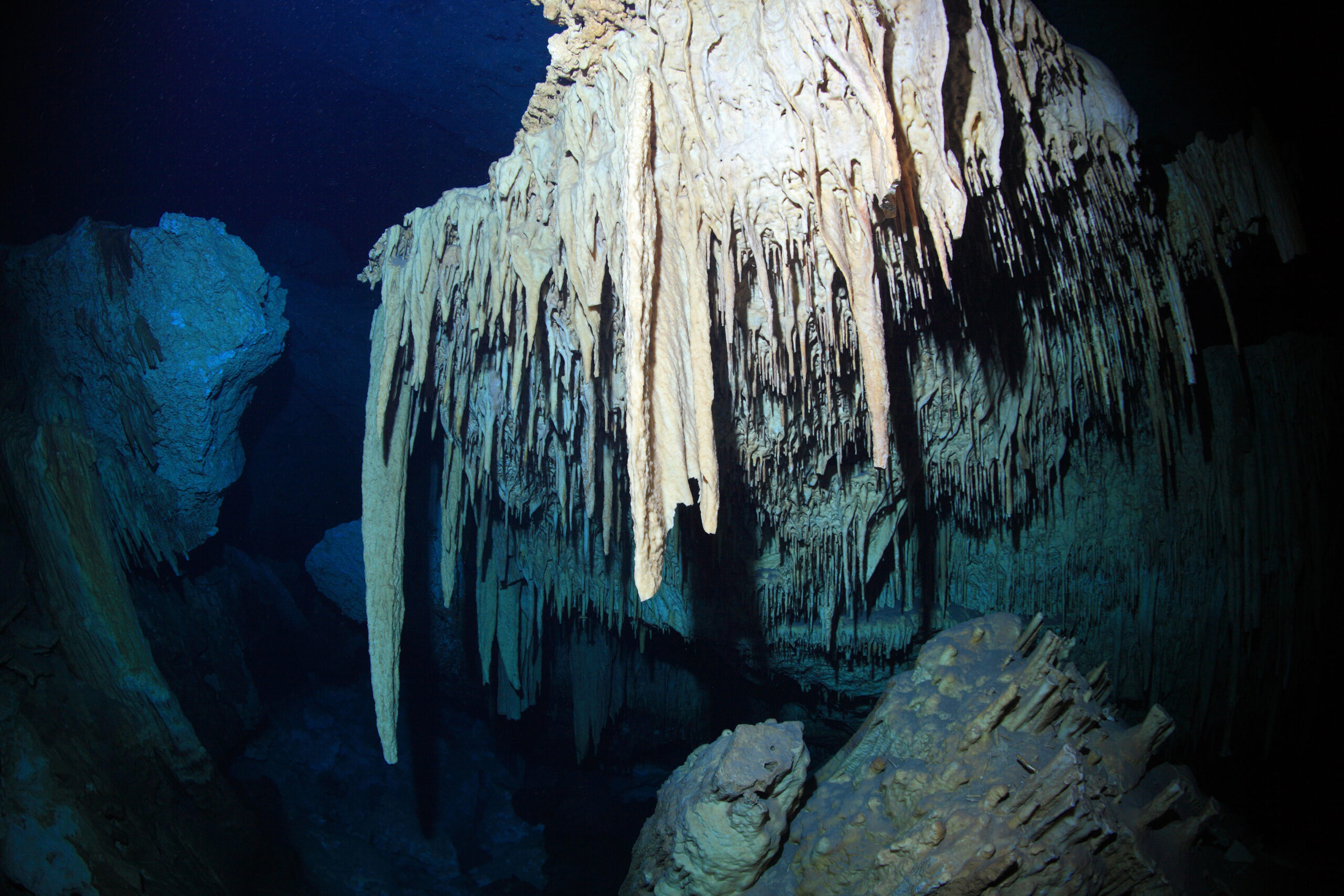
Architecturally, some of the caves resemble spacious white stone cathedrals. The underground temples, older than humanity itself, were not created for our eyes and are silent proof of the immeasurable power of the forces of nature. It is inexcusable vanity to claim that they are “only waiting to be discovered.” Caves do not wait for us. They weren’t made for us, they don’t expect us to discover them, and they don’t need us. It is in them, more than anywhere else under the water, that we are just guests.
Not always welcome. Think about the dangers of cave diving – the strong currents that can keep no one inside the spring, the treacherous glooms that won’t let go, the sediment that sinks with every exhalation, the endless labyrinths in which easy to lose your way.
We come from the oceans, like all life on this earth, so it is an incredible pleasure to return to them while diving, but the flooded caves have never belonged to us, nor we to them. In this they are similar to high mountains, where extremely low temperatures, avalanches and thin air have already taken many lives from daredevils who wanted to climb them.
In this alien, inaccessible world, however, there is a beauty difficult to describe – something is hidden in this inhuman architecture of spacious chambers, in a labyrinth of corridors that defies human logic, in this strangeness and eternal darkness. Out of sheer contrariness and inborn human vanity, we believe that just like high mountains, flooded caves are a challenge thrown by nature.
The trick in cave diving is to take up this challenge with proper respect for the environment we are entering. Don’t let your ego and focus on the task obscure the beauty that surrounds us in the caves. This is the most difficult skill that an independent cave diver should possess.
Why subdue yourself is the hardest part?
During the cave diving course, we learn techniques that allow us to safely dive under the ceiling. We learn how to put on a lifeline, make sure that the line creates a safe and secure path to the surface, we practice air sharing, returning to the exit in zero visibility and all other ways of reacting to problems. These are all technical skills – then there are issues of hardware configuration and knowledge of proper procedures. We learn to plan such dives.
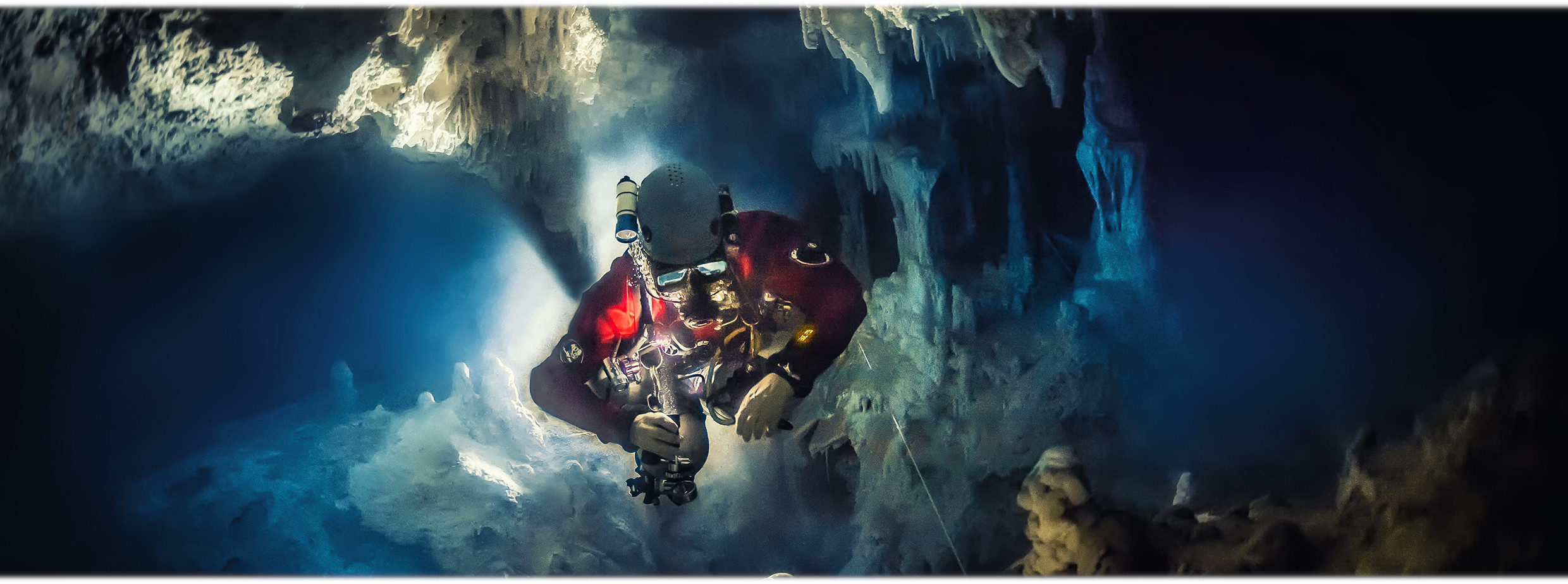
In the beginning, fear of the risks of ceiling diving prompts people to follow safety rules. The first guarantor of security is fear. Sooner or later, however, after successive successful and trouble-free dives, you start questioning the rules, looking for shortcuts, circumventing procedures. The fear decreases because we get to know the environment, and the caves seem to be ours, familiar and tame. They are no longer dangerous. This is when most accidents occur for a very simple reason.
Caves will never cease to be alien and inaccessible. They will never become ours, and we will never belong to this milieu. That is their nature. We have to notice it and accept it, without lying to ourselves that we are able to change it or settle in these caves. They are not the background for our diving skills, courage, and adrenaline seeking.
This does not mean that we have to give up cave diving. On the contrary, I believe that both tourist cave diving and extensive exploration activities can be extremely valuable and interesting, and if carried out correctly and with good diving practice – also safe.
The factor that will keep us vigilant even after several hundred or several thousand cave dives is the respect for the strangeness and specific character of these places. When we accept their differences, we naturally assume that safety rules and procedures do not limit us, but on the contrary – they give us the opportunity to delve into the world that was created before humanity appeared on Earth and that will never belong to us.
About author:
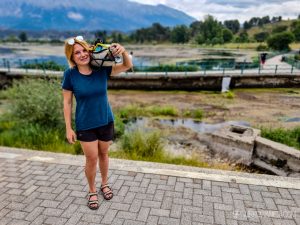
Daria Dobrowolska has been associated with the IDF from the very beginning of the federation’s existence. She is a staff instructor of recreational and technical diving at the trimix and advanced wreck level, but she is most proud of her Full Cave instructor qualifications. In diving, he appreciates intimate trips to caves and fascinating macro of tropical seas. You probably know her as the author of our training manuals.
In addition to diving, he likes to spend his free time in mountains.



